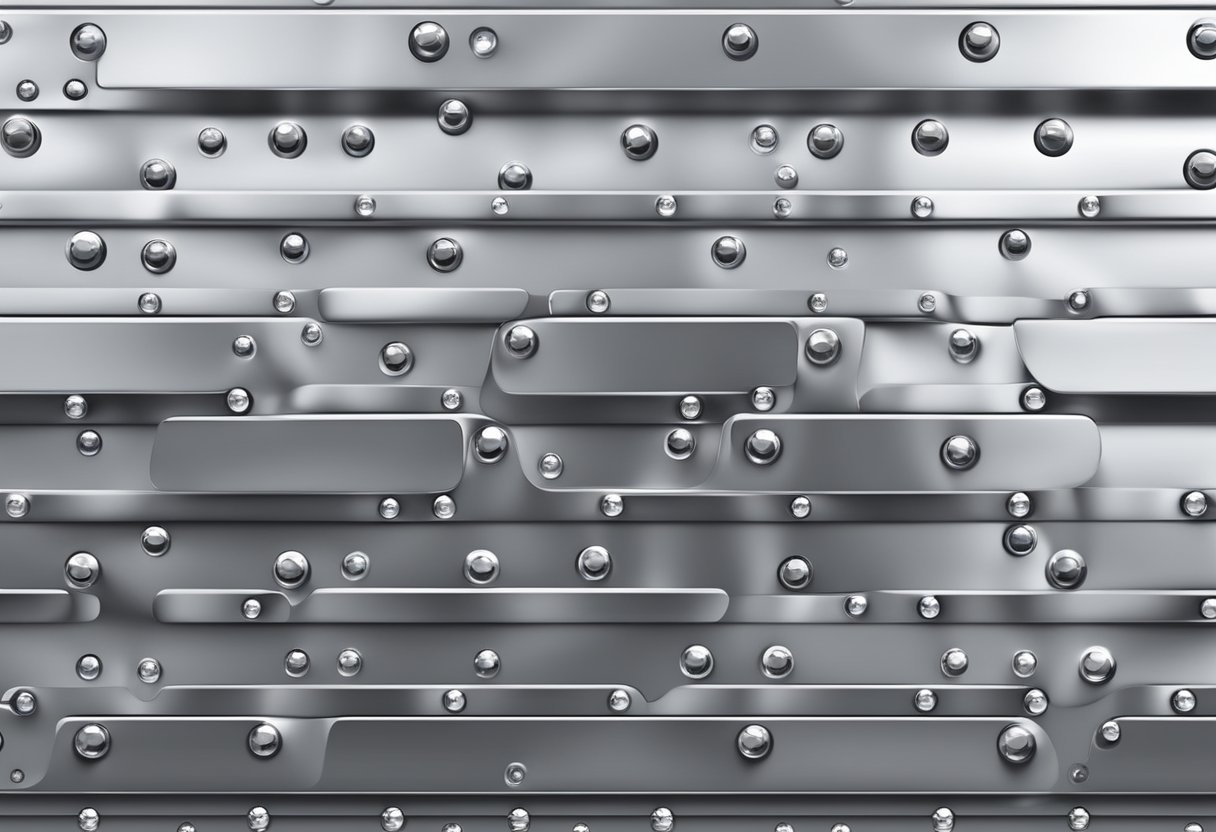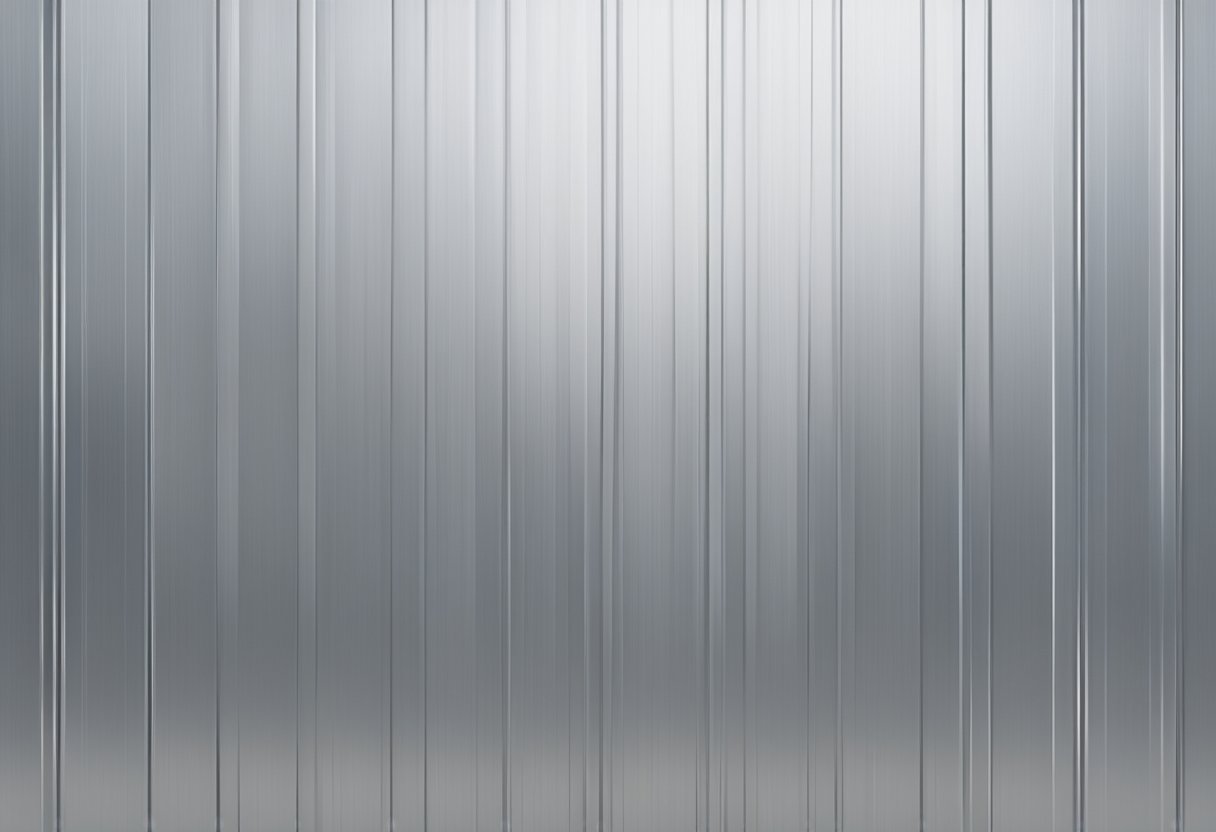Aluminum metal panel has become a popular choice for architects and designers due to its versatility, durability, and aesthetic appeal. These panels are made of aluminum sheets that are coated with a finish to protect against corrosion and weathering. They come in a variety of colors, textures, and sizes, making them suitable for a wide range of applications.

One of the main advantages of aluminum metal panel is its lightweight nature. This makes it easier to transport and install, reducing labor costs and time. Additionally, aluminum is a sustainable and eco-friendly material, as it can be recycled indefinitely without losing its properties. This makes it a popular choice for green building projects and LEED-certified buildings.
Aluminum metal panel can be used for a variety of applications, including exterior cladding, interior walls, ceilings, and partitions. It is also commonly used for signage, canopies, and awnings. Its versatility and durability make it an ideal choice for both commercial and residential buildings.
Composition and Properties

Alloying Elements
Aluminum metal panels are made from a combination of aluminum alloy and other elements. The most common alloying elements used in aluminum panels are copper, manganese, magnesium, silicon, and zinc. These elements are added to improve the mechanical properties of the aluminum, such as strength, ductility, and corrosion resistance.
Mechanical Characteristics
Aluminum metal panels are known for their excellent strength-to-weight ratio. They are lightweight and yet strong enough to withstand high wind loads and other external forces. The mechanical properties of aluminum metal panels depend on the alloy composition and the manufacturing process used. The tensile strength of aluminum metal panels ranges from 40 ksi to 90 ksi, while the yield strength ranges from 35 ksi to 80 ksi. The elongation at break ranges from 10% to 25%, depending on the alloy and temper.
Corrosion Resistance
Aluminum metal panels are highly resistant to corrosion due to the formation of a thin layer of aluminum oxide on the surface. This layer protects the underlying metal from further oxidation and corrosion. The corrosion resistance of aluminum metal panels can be further improved by using anodizing or painting. Anodizing is an electrochemical process that creates a thicker layer of aluminum oxide on the surface, while painting provides an additional layer of protection against environmental factors.
In summary, aluminum metal panels are a popular choice for building facades, roofing, and other applications due to their lightweight, strength, and corrosion resistance. The alloy composition and manufacturing process used determine the mechanical properties of the panels, while anodizing or painting can further improve their corrosion resistance.
Manufacturing Processes
Extrusion
Aluminum extrusion is a process that involves shaping aluminum alloy by forcing it through a die with the desired cross-sectional shape. The extrusion process begins with a cylindrical billet of aluminum, which is heated to a temperature between 800°F and 925°F. The heated billet is then transferred to the extrusion press, where it is pushed through the die using a hydraulic ram. The resulting aluminum profile is then cooled and cut to the desired length.
Roll Forming
Roll forming is another manufacturing process used to create aluminum panels. This process involves feeding a strip of aluminum through a series of rollers that gradually shape the metal into the desired profile. Roll forming is a highly precise process that can produce complex shapes with tight tolerances. It is often used to create aluminum panels with a consistent, repeating pattern.
Fabrication
After the extrusion or roll forming process, the aluminum panels may undergo additional fabrication steps to create the final product. This can include cutting, punching, bending, and welding the panels to create the desired shape and size. Fabrication can be done using both manual and automated processes, depending on the complexity of the design.
Overall, these manufacturing processes allow for the creation of high-quality aluminum panels that are strong, lightweight, and durable. The use of aluminum panels in construction and other industries continues to grow, thanks to their versatility and cost-effectiveness.
Applications
Architectural Cladding
Aluminum metal panel is commonly used in architectural cladding due to its versatility, durability, and aesthetic appeal. It can be used to create a variety of designs and finishes, from sleek and modern to more traditional and ornate. The lightweight nature of aluminum also makes it a popular choice for high-rise buildings, as it reduces the overall weight of the structure. Additionally, aluminum is resistant to corrosion and weathering, making it a durable choice for exterior cladding.
Transportation Industry
Aluminum metal panel is also widely used in the transportation industry due to its lightweight and high strength-to-weight ratio. It is commonly used in the construction of aircraft, trains, and automobiles, as it helps to reduce fuel consumption and increase overall efficiency. Aluminum panels are also resistant to corrosion, which is important in the transportation industry, as vehicles are often exposed to harsh weather conditions.
Electronic Enclosures
Aluminum metal panel is also used in the construction of electronic enclosures, as it provides a lightweight and durable solution for protecting electronic components. The panels can be easily fabricated to fit the specific size and shape of the enclosure, and can be finished with a variety of coatings to provide additional protection against corrosion and other environmental factors. Additionally, aluminum is a good conductor of heat, which can help to dissipate heat generated by electronic components.
Overall, aluminum metal panel is a versatile and durable material that has a wide range of applications in various industries. Its lightweight nature, high strength-to-weight ratio, and resistance to corrosion make it a popular choice for a variety of projects.
Installation and Maintenance
Installation Techniques
When installing aluminum metal panels, it is important to follow the manufacturer’s instructions carefully. The panels should be installed by a professional contractor who is experienced in working with metal panels. The installation process typically involves the following steps:
- Measuring and cutting the panels to size
- Attaching the panels to the building’s structure using screws or clips
- Sealing the joints between the panels to prevent water leakage
It is important to ensure that the panels are properly aligned and level during installation to ensure a smooth and uniform appearance.
Cleaning and Care
Aluminum metal panels are relatively low-maintenance and require minimal cleaning. To keep the panels looking their best, it is recommended to clean them periodically using a mild detergent and water. Avoid using abrasive cleaners or tools that could scratch or damage the surface of the panels.
In addition, it is important to inspect the panels periodically for signs of damage or wear. Any damaged panels should be repaired or replaced promptly to prevent further damage and maintain the structural integrity of the building.
Overall, with proper installation and maintenance, aluminum metal panels can provide a durable and attractive exterior cladding option for commercial and residential buildings alike.
Environmental Impact
Recyclability
Aluminum metal panel is a highly recyclable material, with an estimated recycling rate of 75% in North America. The recycling process of aluminum metal panel requires significantly less energy compared to the production of virgin aluminum, resulting in a lower carbon footprint. Recycled aluminum metal panel can be used in the production of new panels or other aluminum products, reducing the need for virgin materials and minimizing waste.
Lifecycle Assessment
Lifecycle assessment (LCA) is a method used to evaluate the environmental impact of a product throughout its entire lifecycle, from raw material extraction to disposal. Aluminum metal panel has a relatively low environmental impact compared to other building materials, such as concrete or steel. The LCA of aluminum metal panel shows that the majority of its environmental impact occurs during the production stage, mainly due to energy consumption and greenhouse gas emissions. However, the use of recycled aluminum metal panel can significantly reduce the environmental impact of the product.
In conclusion, aluminum metal panel is a highly recyclable material with a relatively low environmental impact. The use of recycled aluminum metal panel can further reduce the environmental impact of the product.



